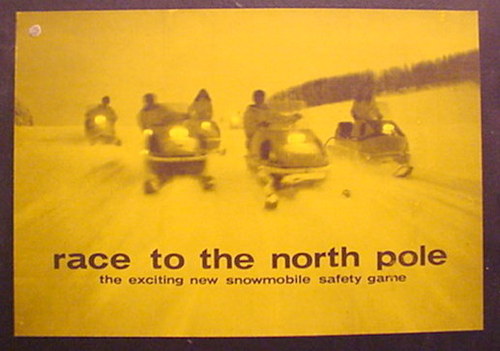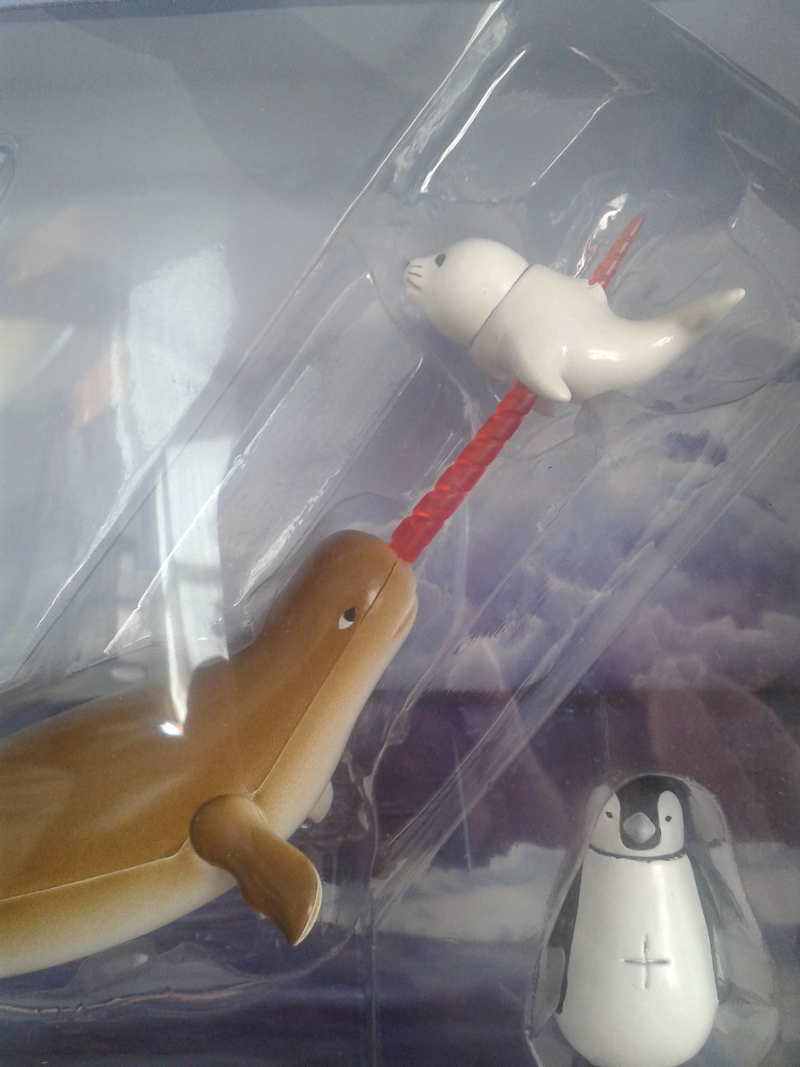Last week, I blogged about board games inspired by expeditions to the North Pole, and about how they reflected contemporary interest in polar exploration. This week, it’s the turn of the Antarctic, starting with perhaps the most famous polar exploration of all: the British Antarctic Expedition of 1910-13. This was the ill-fated expedition led by Captain Robert Falcon Scott, which resulted in the deaths of Scott and his shore party during their return journey from the South Pole. They had reached the Pole a couple of months earlier, only to discover that they had already been beaten to it by a rival party led by the Norwegian Roald Amundsen.
The race to the South Pole was a story of large personalities and national competition, and the game 1911 Amundsen vs Scott (2013) neatly demonstrates this by pitting two players head-to-head in a race to the Pole. The game attempts to mimic the conditions that would have prevailed during a real Antarctic expedition in 1911 – for example, players can have their cards restricted because of “equipment loss”, and the expansion packs include “Patrons”, “Food Depots” and “Damned Weather!”. You can see more of the game in action in video reviews here or here.
Also set in 1911 is the game Roll to the South Pole (2012), in which players assume the identity of one of five explorers from the Heroic Age (the instructions are not clear about the identities of these explorers, but they appear from the illustrations to be Scott, Amundsen, Shackleton, Charcot and Filchner). The high risks and sheer luck involved are nicely illustrated by the use of not one but fifteen dice to determine the players’ fate.
These games both date from the last 2 years, perhaps inspired by recent centenaries of famous Antarctic expeditions. Interestingly, I haven’t been able to find any contemporary games about Scott’s expeditions. Instead, I’ve found this one about Scott’s contemporary Ernest Shackleton:
Called To The Pole With Shackleton, this game was published in 1910, a year after Shackleton returned from the British Antarctic Expedition (Nimrod). The circular papier-mâché board was textured with sastrugi (sharp ridges of snow) and players had to guide their sledges through the resulting maze to the South Pole, using a special magnetic pencil. The picture above comes from the Illustrated London News (24 December 1910), and is titled “Racing sleighs to the South Pole using pencils in place of dogs and “Dr Cook” as assistant. Playing a new Christmas game.” (Presumably the Dr Cook in question was Frederick Cook, who claimed to have reached the North Pole in April 1909.)
I love this illustration, which shows the whole family clustered around the board, vicariously experiencing the frustrations and triumphs of Antarctic exploration from the comfort of their home in England. For me it really highlights the way that board games allow players to share the excitement of polar exploration … without any of the risk of frostbite, starvation or being mauled by a polar bear!
Christina

 Scott Polar Research Institute
Scott Polar Research Institute








